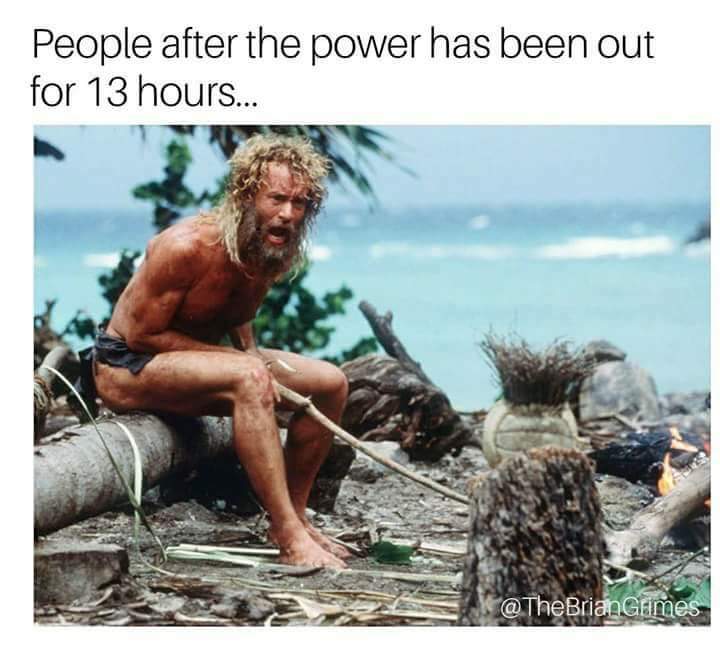It’s been nearly two weeks since we were hit with Hurricane Irma. One of my neighbors reported to me that he filed a claim with FEMA through disasterassistance.gov and received a disaster payment of over $800. I have seen many people claiming that people who want less government and want the government out of our lives are hypocrites for requesting government aid after a disaster. I don’t agree. Yes, I am against big government, and I think that the only way for us to balance the budget and save our government is to cut spending. However, that has not happened, so even though I think the government spends too much, I am outvoted, and must pay the high taxes of a bloated government. Like Obamacare, I am forced to buy a product that I do not want. Since I am paying for it, I am going to get as much of what I have already paid for as I can.
Anyway, I filed the claim with FEMA, and told them I was without power for several days, and had damage to my home from wind driven rain and from water. I stated that the damage was minor. I got back a note saying that my home needed to be inspected to see how much I would receive, and I would need to file an insurance claim before I would receive any funds. My damage was largely not visible, and has already been repaired. Since the damage does not even fulfill my hurricane deductible, I did not file an insurance claim.
During the storm, we were without power for days. Since that time, our electrical power has been anything but reliable. There have been at least three major power outages in our area, with a two hour outage last night.
My home has been plagued with electrical issues, including tripping breakers, failing electronics, and other technology issues.
One circuit kept tripping each morning at about 3 am and would successfully reset, only to trip again the next morning. the problem was this was the breaker for my garage door opener and some of my exterior security lighting. Not knowing whether or not you will be able to enter the home after being at work meant that we needed to keep backup keys for the front door with us. The breaker finally tripped and would not reset.
I went out and worked my way through the circuit, and found two issues: A light sensor had shattered, and the conductors were touching the metal of the conduit box, and there was another conduit box that was filled with water, probably wind driven rain water. I repaired both by draining the water, and eliminating the sensor from the circuit. I replaced the bulb in the light fixture with a smart LED bulb that now comes on at sunset, and is less likely to get damaged by weather. Cost: less than $50.
I have had at least one UPS simply decide to stop working. Sure, their job is to protect more expensive devices and they did their job, but it is still hurricane related damage. I also lost three IOT devices that were a part of my Smart Home system, as well as water damage to the buried coaxial cable that runs between the house and the dish. I imagine that some of this damage was due to the dozens of undervolt and overvolt power surges we have experienced in the past two weeks, and the rest by wind driven as well as ground water.
On top of that, we lost two trees and had damage to some other landscaping, and other outdoor damage. There was some minor roof damage, but that was repaired already because we made reservations with a repair company before the storm.
So when the FEMA inspector gets here, all of the damage will have been repaired. I didn’t file an insurance claim because it wouldn’t have met the deductible, but we will see. I know there were others who had worse than we did, but that was a result of not living in a flood prone area, not living in a mobile home, and preparing for the approaching storm. Hopefully, we can get a little cash for what damages we did have. To do otherwise would be yet another example of government rewarding people for poor decisions while requiring the responsible citizens to pay the tab.
